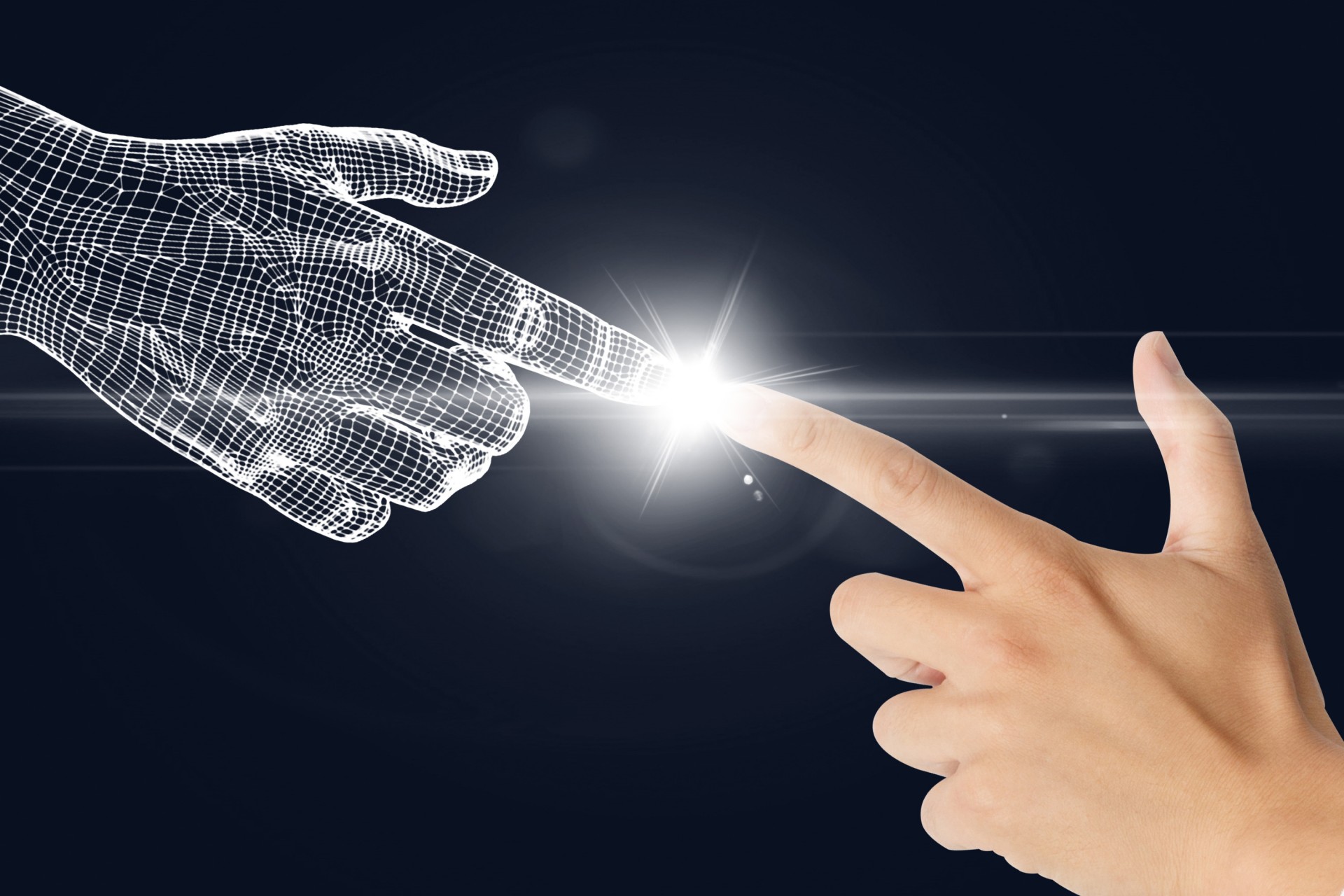
Driven by continuous technological advancement, the education industry is undergoing a significant paradigm shift.
Artificial Intelligence (AI) is rapidly changing every aspect of our lives, and education is no exception. Artificial intelligence networks are revolutionizing the way we teach and creating a new era of personalized and efficient education. This article will explore the profound impact of artificial intelligence networks on education.

The artificial intelligence network analyzes student performance and adjusts educational materials accordingly. This personalized approach to learning allows students to progress at their own pace, focus on areas that need more support, and move forward when they are ready. It caters to individual strengths and weaknesses and promotes a deeper understanding of the subject matter.
AI-driven education platforms often include interactive elements, gamification and immersive simulations. These features make learning more engaging and fun for students, resulting in increased motivation and better retention of knowledge.
Artificial intelligence algorithms can quickly evaluate student work and provide instant feedback. This streamlines the assessment process, allowing educators to focus on promoting learning rather than grading papers. Timely feedback also helps students grasp concepts more effectively.
The artificial intelligence network can identify learning gaps and areas for improvement for each student. This information allows educators to develop interventions and provide targeted supports to help struggling students catch up. It ensures that no student is left behind.
The artificial intelligence-driven education system can optimize resource allocation. It can recommend appropriate textbooks, learning materials and other resources based on individual needs, saving students and educators time and resources.
Artificial intelligence networks can be programmed to meet the needs of students with disabilities or different learning styles. It offers features like text-to-speech, translation services, and adaptive interfaces to make education more accessible and inclusive for everyone.
Educational institutions can use artificial intelligence to collect and analyze data on student performance and engagement. This data-driven approach helps make informed decisions about course design, resource allocation, and instructional strategies.
An in-depth look at the evolving education landscape where technology, especially artificial intelligence, is rapidly reshaping the way we learn and teach. Here are some key takeaways:
The above is the detailed content of Exploring the impact of artificial intelligence networks on education. For more information, please follow other related articles on the PHP Chinese website!
 Application of artificial intelligence in life
Application of artificial intelligence in life
 Characteristics of the network
Characteristics of the network
 Network cable is unplugged
Network cable is unplugged
 What's going on when I can't connect to the network?
What's going on when I can't connect to the network?
 What is the basic concept of artificial intelligence
What is the basic concept of artificial intelligence
 Reasons for excessive traffic on overseas website servers
Reasons for excessive traffic on overseas website servers
 How to implement linked list in go
How to implement linked list in go
 common tags for dedecms
common tags for dedecms




